Copyleft and Copyright is the common umbrella term to refer to whether a user or interacting user owns a piece of (usually) media/abstract concept. In the spirit of Copyleft, all of this is CC accredited material apart from this text.
Public Domain
"The public domain is a range of creative works whose copyright has expired or was never established, as well as ideas and facts[note 1] which are ineligible for copyright. A public domain work is a work whose author has either relinquished to the public or no longer can claim control over, the distribution and usage of the work. As such, any person may manipulate, distribute, or otherwise use the work, without legal ramifications. A work in the public domain or released under a permissive license may be referred to as "copycenter"."
https://en.wikipedia.org/wiki/Free_content
"In the early decades of computing, particularly from the 1950s through the 1970s, software development was largely collaborative. Programs were commonly shared in source code form among academics, researchers, and corporate developers. Most companies at the time made their revenue from hardware sales, and software—including source code—was distributed freely alongside it, often as public-domain software. By the late 1960s and 1970s, a distinct software industry began to emerge. Companies started selling software as a separate product, leading to the use of restrictive licenses and technical measures—such as distributing only binary executables—to limit user access and control. This shift was driven by growing competition and the U.S. government's antitrust scrutiny of bundled software, exemplified by the 1969 antitrust case United States v. IBM. A key turning point came in 1980 when U.S. copyright law was formally extended to cover computer software. This enabled companies like IBM to further enforce closed-source distribution models. In 1983, IBM introduced its "object code only" policy, ceasing the distribution of source code for its system software. [...] The historical precursor to FOSS was the hobbyist and academic public domain software ecosystem of the 1960s to 1980s. Free and open-source operating systems such as Linux distributions and descendants of BSD are widely used, powering millions of servers, desktops, smartphones, and other devices. Free-software licenses and open-source licenses have been adopted by many software packages. Reasons for using FOSS include decreased software costs, increased security against malware, stability, privacy, opportunities for educational usage, and giving users more control over their own hardware. [...These were socially droven projects like] the GNU Project in 1983 [... where the] goal was to develop a complete Free software operating system and restore user freedom. The Free Software Foundation (FSF) was established in 1985 to support this mission. Stallman's GNU Manifesto and the Four Essential Freedoms outlined the movement's ethical stance, emphasizing user control over software. The release of the Linux kernel by Linus Torvalds in 1991, and its relicense under the GNU General Public License (GPL) in 1992, marked a major step toward a fully Free operating system. Other Free software projects like FreeBSD, NetBSD, and OpenBSD also gained traction following the resolution of the USL v. BSDi lawsuit in 1993. In 1997, Eric Raymond’s essay *The Cathedral and the Bazaar* explored the development model of Free software, influencing Netscape’s decision in 1998 to release the source code for its browser suite. This code base became Mozilla Firefox and Thunderbird. To broaden business adoption, a group of developers including Raymond, Bruce Perens, Tim O’Reilly, and Linus Torvalds rebranded the Free software movement as “Open Source.” The Open Source Initiative (OSI) was founded in 1998 to promote this new term and emphasize collaborative development benefits over ideology. Despite initial resistance—such as Microsoft's 2001 claim that "Open-source is an intellectual property destroyer"—FOSS eventually gained widespread acceptance in the corporate world. Companies like Red Hat proved that commercial success and Free software principles could coexist. [...] The free software movement and the open-source software movement are online social movements behind widespread production, adoption and promotion of FOSS, with the former preferring to use the equivalent term free/libre and open-source software (FLOSS). FOSS is supported by a loosely associated movement of multiple organizations, foundations, communities and individuals who share basic philosophical perspectives and collaborate practically, but may diverge in detail questions. [...] By defying ownership regulations in the construction and use of information—a key area of contemporary growth—the Free/Open Source Software (FOSS) movement counters neoliberalism and privatization in general. By realizing the historical potential of an "economy of abundance" for the new digital world, FOSS may lay down a plan for political resistance or show the way towards a potential transformation of capitalism. According to Yochai Benkler, Jack N. and Lillian R. Berkman Professor for Entrepreneurial Legal Studies at Harvard Law School, free software is the most visible part of a new economy of commons-based peer production of information, knowledge, and culture. As examples, he cites a variety of FOSS projects, including both free software and open-source."
https://en.wikipedia.org/wiki/Free_and_open-source_software
Copyleft
"Copyleft is the legal technique of granting certain freedoms over copies of copyrighted works with the requirement that the same rights be preserved in derivative works. In this sense, freedoms refers to the use of the work for any purpose, and the ability to modify, copy, share, and redistribute the work, with or without a fee. Licenses which implement copyleft can be used to maintain copyright conditions for works ranging from computer software, to documents, art, and scientific discoveries, and similar approaches have even been applied to certain patents.
The origin of the term comes from "Li-Chen Wang's Palo Alto Tiny BASIC for the Intel 8080 [first] appeared in Dr. Dobb's Journal in May 1976. The listing begins with the title, author's name, and date, but also has "@COPYLEFT ALL WRONGS RESERVED"."
https://en.wikipedia.org/wiki/Copyleft
"There have been several attempts to define open source and free software. Amongst the earliest was Free Software Foundation's Free Software Definition, which then defined as the three freedoms of Free Software (Freedom Zero was added later). Published versions of FSF's Free Software Definition existed as early as 1986, having been published in the first edition of the (now defunct) GNU's Bulletin. [...] The Debian Free Software Guidelines (DFSG) was [then] first published together with the first version of the Debian Social Contract in July 1997."
https://en.wikipedia.org/wiki/The_Open_Source_Definition
"Debian GNU/Linux (/ˈdɛbiən/),[7][8] or simply Debian, is a free and open source[b] Linux distribution, developed by the Debian Project, which was established by Ian Murdock in August 1993. Debian is one of the oldest operating systems based on the Linux kernel, and is the basis of many other Linux distributions. As of September 2023, Debian is the second-oldest Linux distribution still in active development: only Slackware is older."
https://en.wikipedia.org/wiki/Debian
"The concept of applying free software licenses to content was introduced by Michael Stutz, who in 1997 wrote the paper "Applying Copyleft to Non-Software Information" for the GNU Project. The term "open content" was coined by David A. Wiley in 1998 and evangelized via the Open Content Project, describing works licensed under the Open Content License (a non-free share-alike license, see 'Free content' below) and other works licensed under similar terms. The website of the Open Content Project once defined open content as 'freely available for modification, use and redistribution under a license similar to those used by the open-source / free software community'. However, such a definition would exclude the Open Content License because that license forbids charging for content; a right required by free and open-source software licenses. [...] Unlike free content and content under open-source licenses, there is no clear threshold that a work must reach to qualify as 'open content'. The 5Rs are put forward on the Open Content Project website as a framework for assessing the extent to which content is open:
Retain – the right to make, own, and control copies of the content (e.g., download, duplicate, store, and manage)
Reuse – the right to use the content in a wide range of ways (e.g., in a class, in a study group, on a website, in a video)
Revise – the right to adapt, adjust, modify, or alter the content itself (e.g., translate the content into another language)
Remix – the right to combine the original or revised content with other open content to create something new (e.g., incorporate the content into a mashup)
Redistribute – the right to share copies of the original content, your revisions, or your remixes with others (e.g., give a copy of the content to a friend).
This broader definition distinguishes open content from open-source software, since the latter must be available for commercial use by the public. However, it is similar to several definitions for open educational resources, which include resources under noncommercial and verbatim licenses. [...] In 2006, a Creative Commons' successor project, the Definition of Free Cultural Works, was introduced for free content. It was put forth by Erik Möller, Richard Stallman, Lawrence Lessig, Benjamin Mako Hill, Angela Beesley, and others. The Definition of Free Cultural Works is used by the Wikimedia Foundation. In 2009, the Attribution and Attribution-ShareAlike Creative Commons licenses were marked as Approved for Free Cultural Works."
So in theory, copyleft operates under the assumption that offering open content freely and publicly as a social community resource will lead to an economy of abundance in a postscarcity economic model of the means of production. (seize the means! lmao)
https://en.wikipedia.org/wiki/Post-scarcity
"Technology has reduced the cost of publication and reduced the entry barrier sufficiently to allow for the production of widely disseminated materials by individuals or small groups. Projects to provide free literature and multimedia content have become increasingly prominent owing to the ease of dissemination of materials that are associated with the development of computer technology. [...] Free and open-source software, which is often referred to as open source software and free software, is a maturing technology with companies using them to provide services and technology to both end-users and technical consumers. The ease of dissemination increases modularity, which allows for smaller groups to contribute to projects as well as simplifying collaboration. Some claim that open source development models offer similar peer-recognition and collaborative benefit incentive as in more classical fields such as scientific research, with the social structures that result leading to decreased production costs. Given sufficient interest in a software component, by using peer-to-peer distribution methods, distribution costs may be reduced, easing the burden of infrastructure maintenance on developers. As distribution is simultaneously provided by consumers, these software distribution models are scalable; that is, the method is feasible regardless of the number of consumers. In some cases, free software vendors may use peer-to-peer technology as a method of dissemination. Project hosting and code distribution is not a problem for most free projects as a number of providers offer these source-code-hosting provider provider free of charge."
For instance, the Open Knowledge Foundation's Open Definition describes "open" as synonymous with the definition of free in the "Definition of Free Cultural Works" (as also in the Open Source Definition and Free Software Definition).[5] For such free/open content both movements recommend the same three Creative Commons licenses, the CC BY, CC BY-SA, and CC0. [...] Any country has its own law and legal system, sustained by its legislation, which consists of documents. In a democratic country, laws are published as open content, in principle free content; but in general, there are no explicit licenses attributed for the text of each law, so the license must be assumed as an implied license. Only a few countries have explicit licenses in their law-documents, as the UK's Open Government Licence (a CC BY compatible license). In the other countries, the implied license comes from its proper rules (general laws and rules about copyright in government works). The automatic protection provided by the Berne Convention does not apply to the texts of laws: Article 2.4 excludes the official texts from the automatic protection. It is also possible to "inherit" the license from context. The set of country's law-documents is made available through national repositories. Examples of law-document open repositories: LexML Brazil, Legislation.gov.uk, and N-Lex. In general, a law-document is offered in more than one (open) official version, but the main one is that published by a government gazette. So, law-documents can eventually inherit license expressed by the repository or by the gazette that contains it."
"In academic work, the majority of works are not free, although the percentage of works that are open access is growing. Open access refers to online research outputs that are free of all restrictions to access and free of many restrictions on use (e.g. certain copyright and license restrictions).[24] Authors may see open access publishing as a way of expanding the audience that is able to access their work to allow for greater impact, or support it for ideological reasons.[25][26] Open access publishers such as PLOS and BioMed Central provide capacity for review and publishing of free works; such publications are currently more common in science than humanities. Various funding institutions and governing research bodies have mandated that academics must produce their works to be open-access, in order to qualify for funding, such as the US National Institutes of Health, Research Councils UK (effective 2016) and the European Union (effective 2020). [...[ For teaching purposes, some universities, including MIT, provide freely available course content, such as lecture notes, video resources and tutorials. This content is distributed via Internet to the general public. [...] Open content publication has been seen as a method of reducing costs associated with information retrieval in research, as universities typically pay to subscribe for access to content that is published through traditional means.[9][34] Subscriptions for non-free content journals may be expensive for universities to purchase, though the articles are written and peer-reviewed by academics themselves at no cost to the publisher. [...] Free and open content has been used to develop alternative routes towards higher education. Open content is a free way of obtaining higher education that is focused on collective knowledge and the sharing and reuse of learning and scholarly content. There are multiple projects and organizations that promote learning through open content, including OpenCourseWare and Khan Academy. Some universities, like MIT, Yale, and Tufts are making their courses freely available on the internet. There are also a number of organizations promoting the creation of openly licensed textbooks such as the University of Minnesota's Open Textbook Library, Connexions, OpenStax College, the Saylor Academy, Open Textbook Challenge, and Wikibooks."
https://en.wikipedia.org/wiki/Free_content
Copyright
"In most countries, the Berne Convention grants copyright holders control over their creations by default. Therefore, copyrighted content must be explicitly declared free by the authors, which is usually accomplished by referencing or including licensing statements from within the work. The right to reuse such a work is granted by the authors in a license known as a free license, a free distribution license, or an open license, depending on the rights assigned. These freedoms given to users in the reuse of works (that is, the right to freely use, study, modify or distribute these works, possibly also for commercial purposes) are often associated with obligations (to cite the original author, to maintain the original license of the reused content) or restrictions (excluding commercial use, banning certain media) chosen by the author. [...] Copyright is a legal concept, which gives the author or creator of a work legal control over the duplication and public performance of their work. In many jurisdictions, this is limited by a time period after which the works then enter the public domain. Copyright laws are a balance between the rights of creators of intellectual and artistic works and the rights of others to build upon those works. During the time period of copyright the author's work may only be copied, modified, or publicly performed with the consent of the author, unless the use is a fair use. Traditional copyright control limits the use of the work of the author to those who either pay royalties to the author for usage of the author's content or limit their use to fair use. Secondly, it limits the use of content whose author cannot be found.[10] Finally, it creates a perceived barrier between authors by limiting derivative works, such as mashups and collaborative content."
https://en.wikipedia.org/wiki/Free_content
"The concept of copyright developed after the printing press came into use in Europe in the 15th and 16th centuries. It was associated with a common law and rooted in the civil law system. The printing press made it much cheaper to produce works, but as there was initially no copyright law, anyone could buy or rent a press and print any text. Popular new works were immediately re-set and re-published by competitors, so printers needed a constant stream of new material. Fees paid to authors for new works were high and significantly supplemented the incomes of many academics. Printing brought profound social changes. The rise in literacy across Europe led to a dramatic increase in the demand for reading matter. Prices of reprints were low, so publications could be bought by poorer people, creating a mass audience. In German-language markets before the advent of copyright, technical materials, like popular fiction, were inexpensive and widely available; it has been suggested this contributed to Germany's industrial and economic success.
The concept of copyright first developed in England. In reaction to the printing of "scandalous books and pamphlets", the English Parliament passed the Licensing of the Press Act 1662, which required all intended publications to be registered with the government-approved Stationers' Company, giving the Stationers the right to regulate what material could be printed. The Statute of Anne, enacted in 1710 in England and Scotland, provided the first legislation to protect [publisher] copyrights [rights to copy the text] (but not authors' rights). The Copyright Act 1814 extended more rights for authors but did not protect British publications from being reprinted in the US. The Berne International Copyright Convention of 1886 finally provided protection for authors among the countries who signed the agreement, although the US did not join the Berne Convention until 1989. [...] Copyright laws allow products of creative human activities, such as literary and artistic production, to be preferentially exploited and thus incentivized. Different cultural attitudes, social organizations, economic models and legal frameworks are seen to account for why copyright emerged in Europe and not, for example, in Asia. In the Middle Ages in Europe, there was generally a lack of any concept of literary property due to the general relations of production, the specific organization of literary production and the role of culture in society. The latter refers to the tendency of oral societies, such as that of Europe in the medieval period, to view knowledge as the product and expression of the collective, rather than to see it as individual property. However, with copyright laws, intellectual production comes to be seen as a product of an individual, with attendant rights. The most significant point is that patent and copyright laws support the expansion of the range of creative human activities that can be commodified. This parallels the ways in which capitalism led to the commodification of many aspects of social life that earlier had no monetary or economic value per se. Copyright has developed into a concept that has a significant effect on nearly every modern industry, including not just literary work, but also forms of creative work such as sound recordings, films, photographs, software, and architecture."
https://en.wikipedia.org/wiki/Copyright
GNU template definition https://www.gnu.org/licenses/gpl-3.0.en.html
https://en.wikipedia.org/wiki/Free_and_open-source_software FOSS




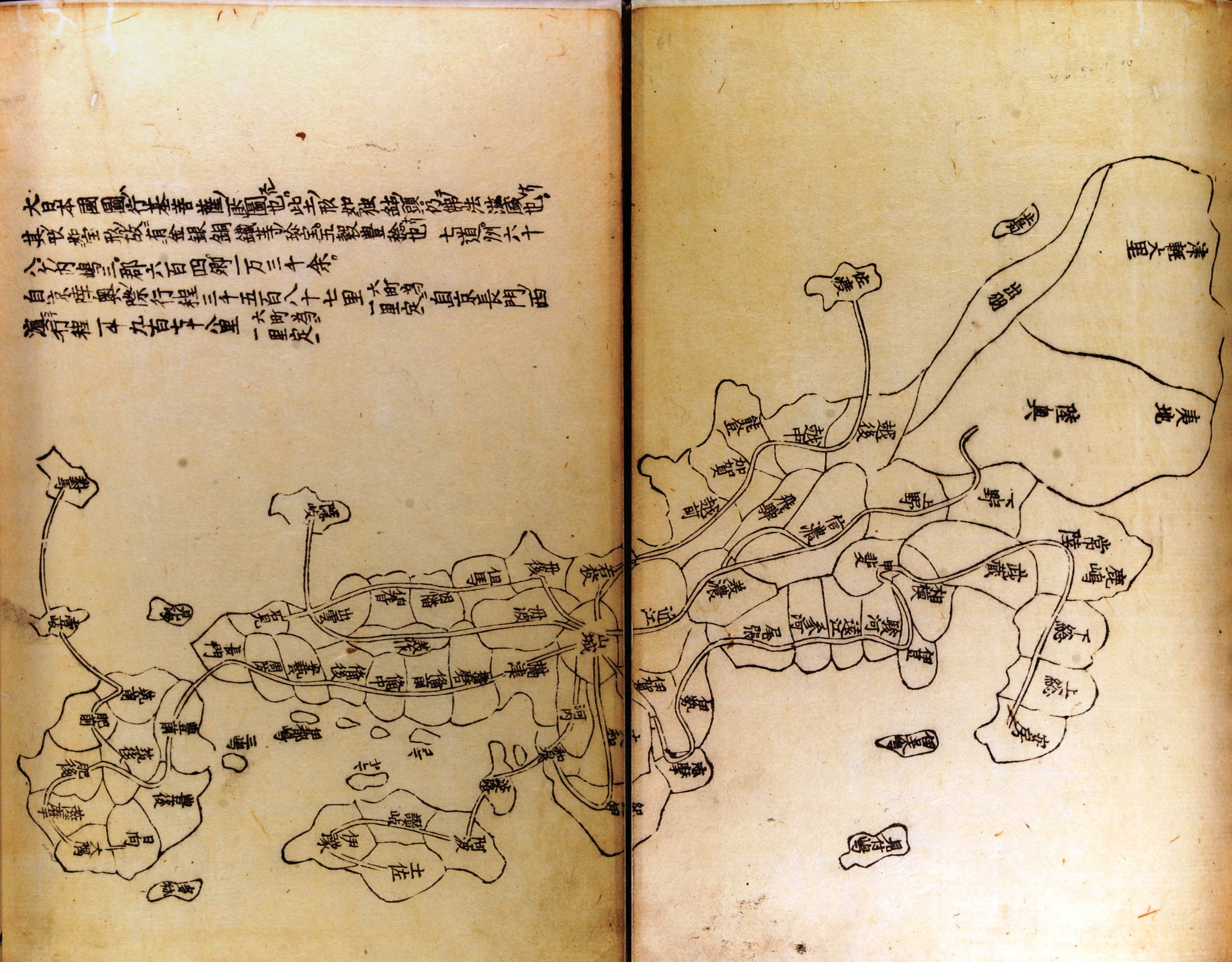


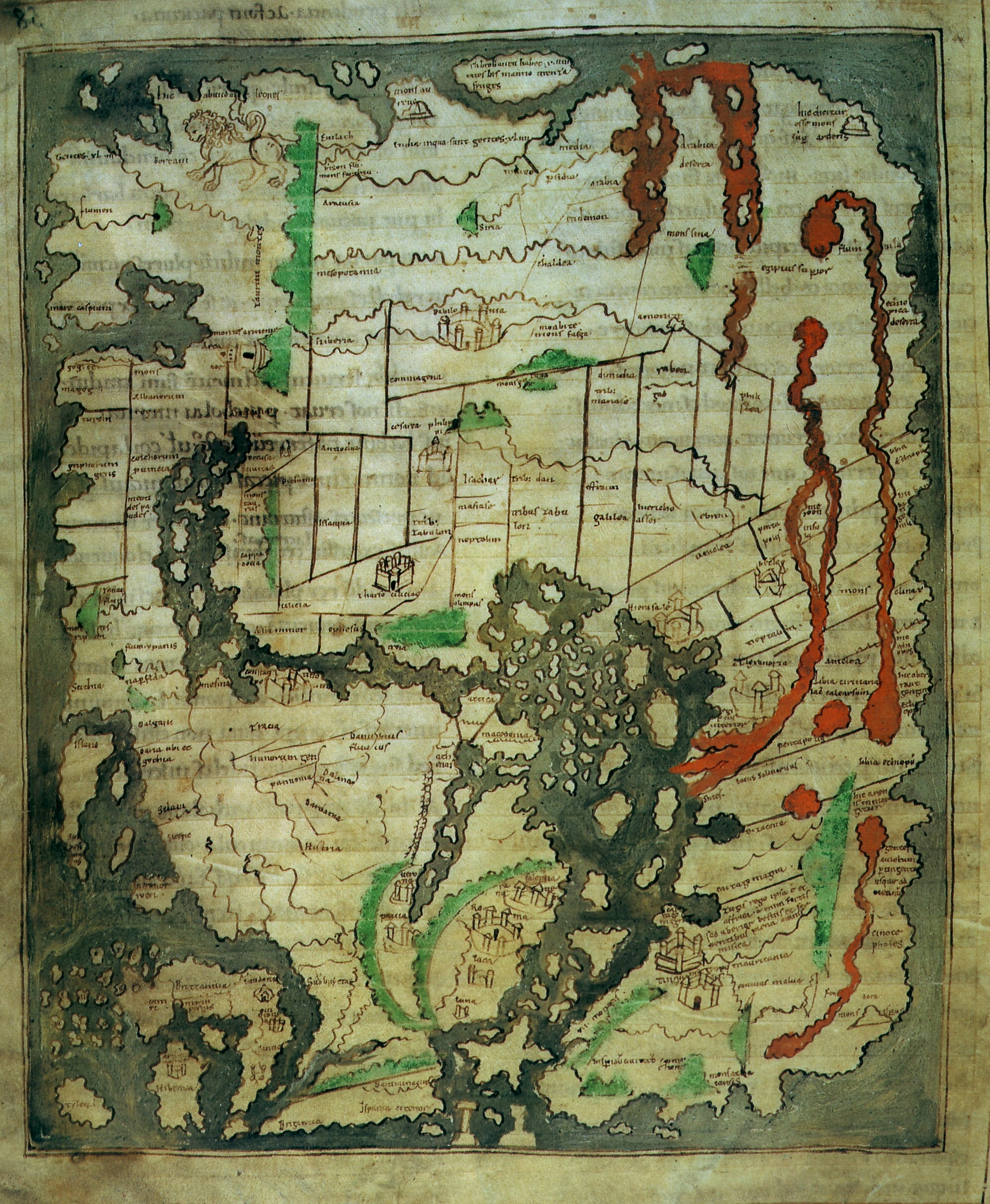







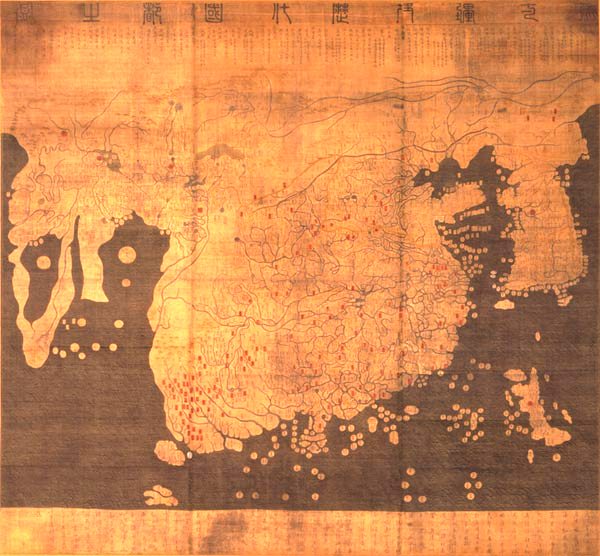

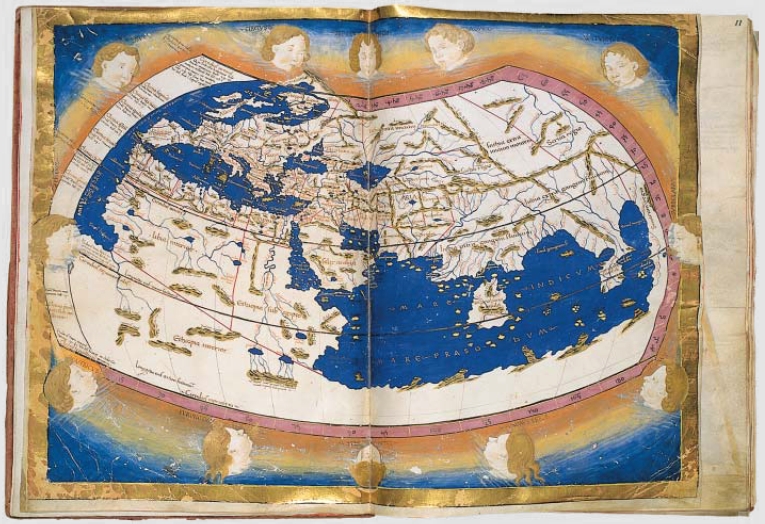

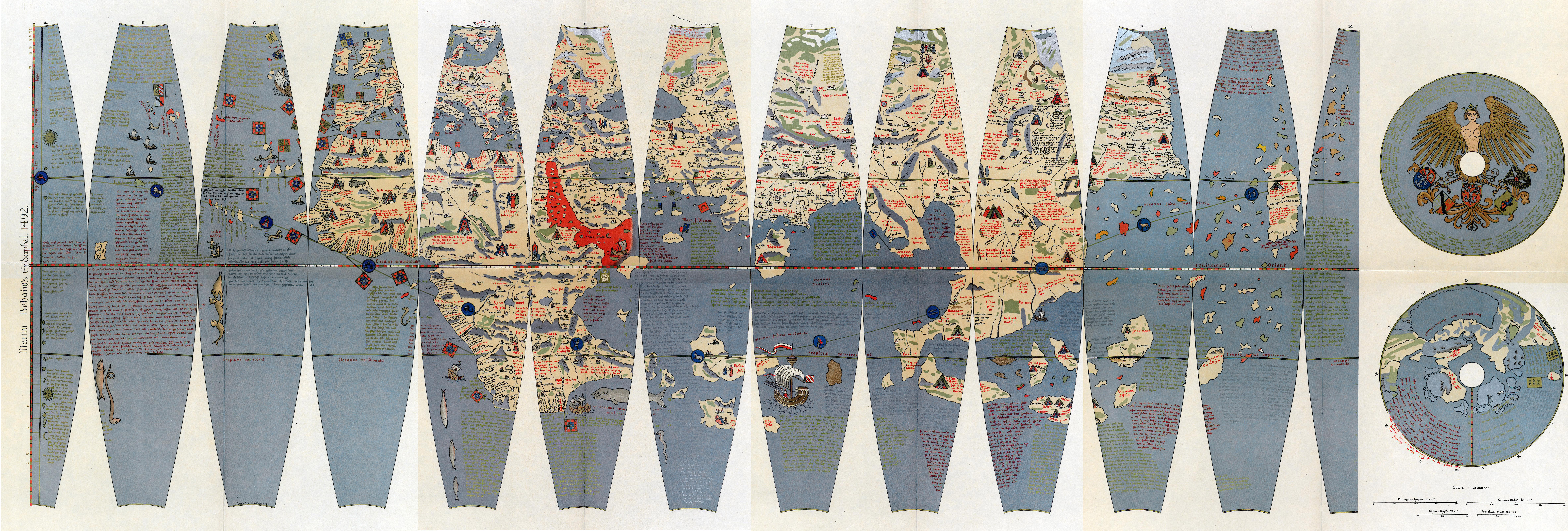






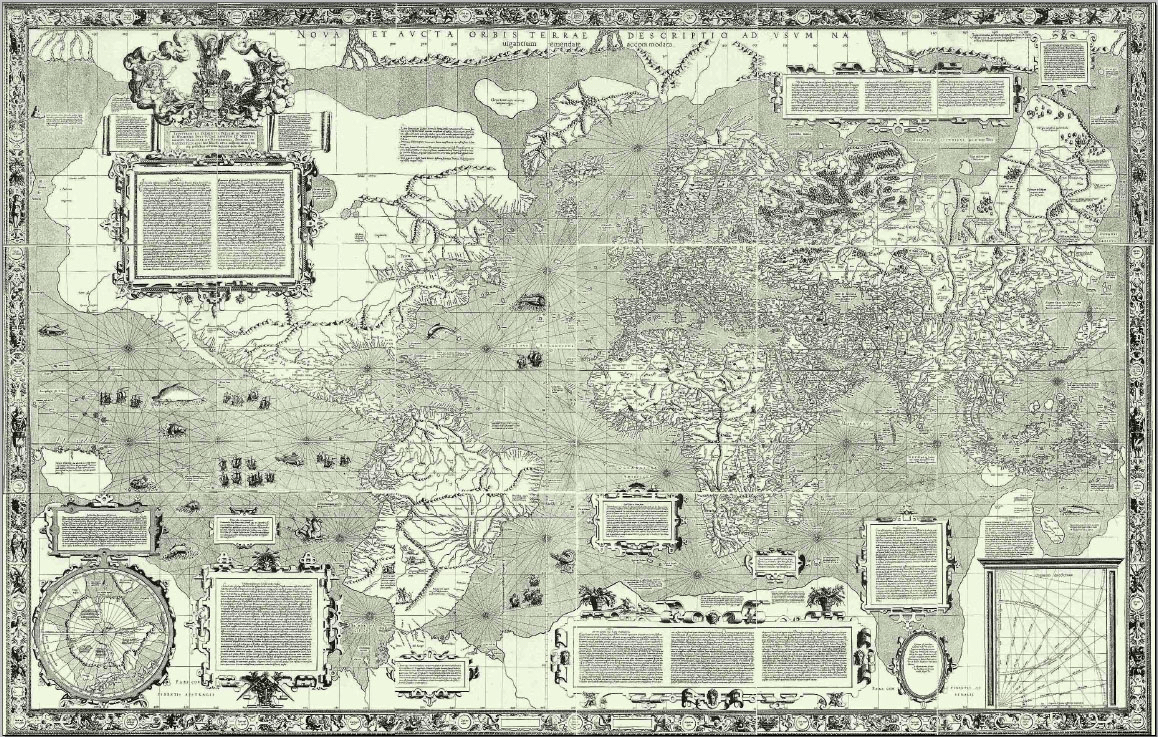

.jpg)

.jpg)

